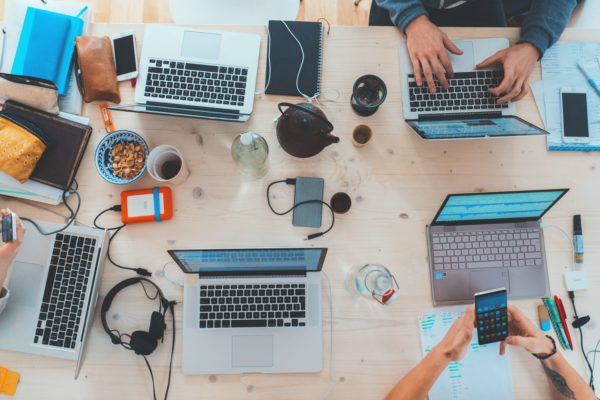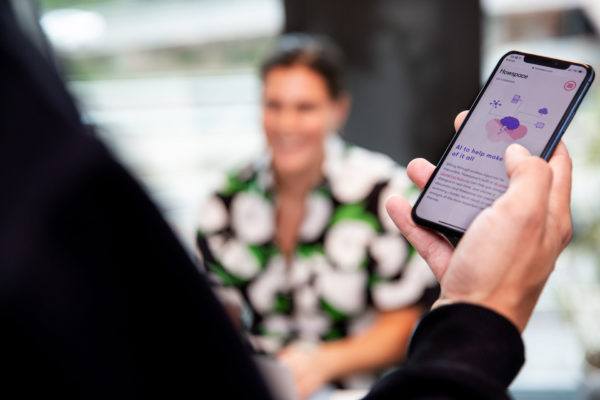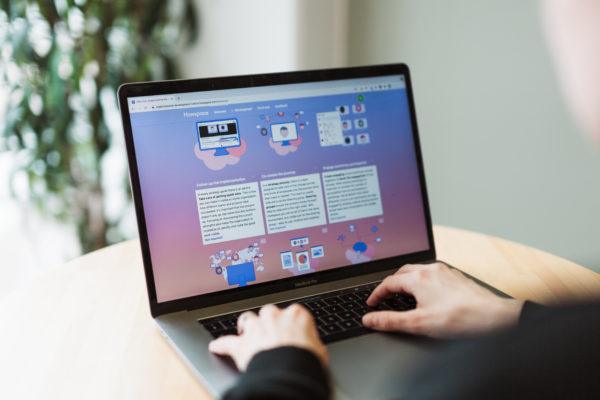
How co-creation has changed in 2021 and how it will change in the future
Many organizations estimate that they’ve seen a decade’s worth of innovation in the past year since the start of COVID-19. Among other types of development initiatives, co-creation has seen a major shift in how it’s being carried out.
Co-creation stands for organizational development where people from outside the organization are also involved in the process. Typically, this means the organization’s customers but it can also mean involving other types of partners or consultants in the process.
Antti Pitkänen is the Chairman and Chief Experience Officer (CXO) at Agile Work, a company focused on workplace transformation. A key part of their work is to co-design better workplaces together with their customers. In this context, Antti has seen first hand how workplaces have undergone a dramatic change within 2020 and how that has impacted co-creation.
“Before 2020, all of the co-creation we did happened in a face-to-face setting. At the moment, however, we are doing absolutely everything remotely by using digital tools,” explains Antti.
In this article, Antti Pitkänen talks about how co-creation has changed in 2020 and will continue to change in 2021. He also shares his visions for the future of co-creation, along with tips on how to stay on top of the changes.
Equality and transparency at the heart of co-creation
When it comes to co-creation, the in-person and virtual settings both have distinct advantages.
The traditional in-person model has the element of social interaction and physical presence. There’s the tangible atmosphere and the energy in the room, which the facilitator can sense and build on. Plus, getting to know new people tends to happen more naturally face-to-face.
“But what usually happens, no matter what your group, is that the level of participation varies greatly from individual to individual. There are the loud ones in the room who take up 80% of the time,” Antti Pitkänen describes.
“Engaging the entire group is possible in a completely new way—many of those who would not speak up in a classroom setting are willing to share their thoughts online.”
He says that the past year has demonstrated the many advantages of digital ways of working. “Engaging the entire group is possible in a completely new way—many of those who would not speak up in a classroom setting are willing to share their thoughts online. Recently, for example, we’ve reached participation levels as high as 97%. This means that almost everyone has provided input in one way or another.”
Antti adds that processing and documenting are easier with digital tools: “The AI features of Howspace are constantly getting better at recognizing emotional states and summarizing themes. Being able to organize and compile all the input from the participants creates transparency, which in turn creates trust in the process. We can show the results to the client and they concretely see how much they have created and how much insight they have provided as an organization.”
8 tips for successful co-creation
Antti summarizes his advice for co-creation—whether physical or digital—into eight key elements:
According to Antti, some of these points have grown more important now that everything has moved into a digital environment.
“For example, choosing the right tools is much more important when you are doing co-creation only remotely. Documenting in real time is also crucial because it creates a shared understanding. And, finally, the role of skilled communication is also emphasized because non-verbal cues are not available in the same way they are in a classroom.”
“Choosing the right tools is much more important when you are doing co-creation only remotely.”
The future: Best of both worlds?
Nobody knows for certain how long we’ll be forced to do everything remotely. It is likely, however, that the return to normal or closer to normal will happen within the next few years.
Antti believes that in the future, co-creation will combine the best of both physical and virtual worlds. People will still occasionally get together in a classroom but they will no longer be ready to go without all the great advantages of the virtual setting.
“As the internet of things (IOT) develops, it can bring very interesting solutions to the markets that can bridge the gap between the classroom and the digital tool. Think about self-recording whiteboards and a camera that converts post-it notes into editable text. Solutions like this could be directly plugged into a tool such as Howspace.”
Co-creation is one interesting dimension of organizational learning. If you want to learn more about organizational learning and how to make it successful in a digital setting, check out our free guide.
You might be interested in these as well
View all
E-learning vs. blended learning — definitions, differences & use cases
The terms e-learning and blended learning are often used interchangeably, which is hardly a problem in casual conversation. However, since […]

10 Ways Howspace Uses Howspace
Explore 10 fun and creative ways that we at Howspace actually use Howspace to collaborate and get work done!

The future of learning: How to design learning experiences for the hybrid world
It’s no secret: work as we know it has changed for good. COVID-19, the Great Resignation, and the rise of […]